China is a land of breathtaking natural landscapes, rich cultural heritage, and vibrant artistic traditions. Among the many facets of Chinese art and culture, the use of color stands out as a particularly distinctive and enduring feature. From the bold reds and golds of imperial palaces to the serene blues and greens of ancient landscapes, traditional Chinese colors evoke a sense of harmony, balance, and aesthetic refinement that has captivated people for centuries.
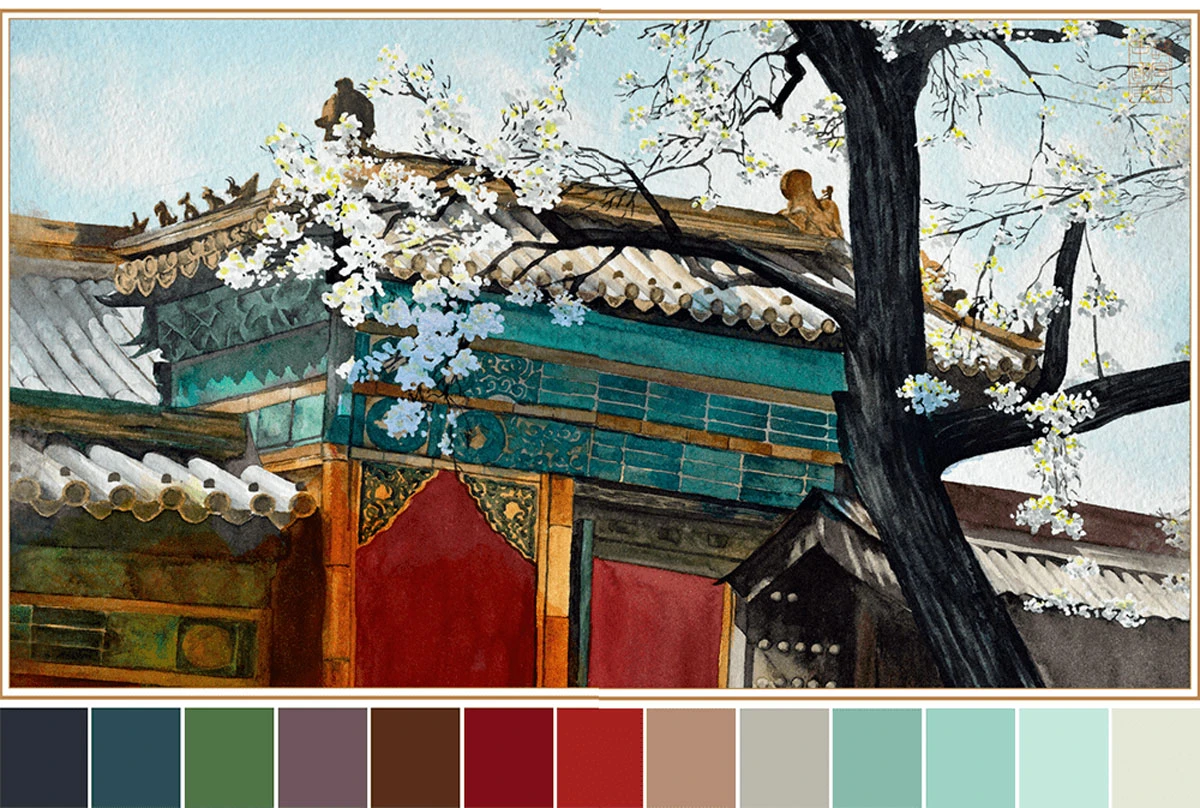
We will explore the history, symbolism, and beauty of the most iconic colors together with the authors of books on traditional Chinese colors, Guo Hao. Whether you are an art lover, a history buff, or simply someone who appreciates beauty, the world of traditional Chinese colors is sure to enchant and inspire you.
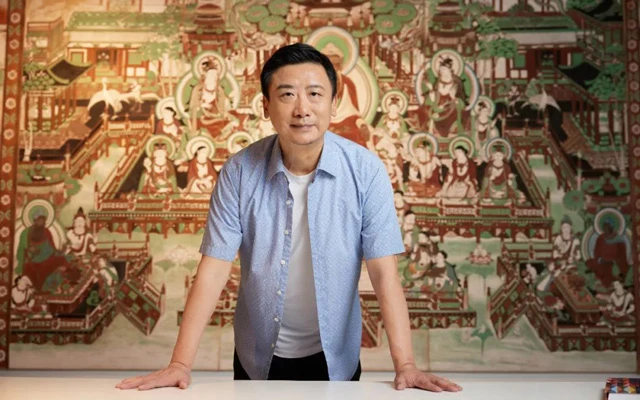
Guo Hao
Reclaiming Traditional Chinese Colors
Guo Hao, a researcher of Chinese traditional colors, has spent five years scavenging for remnants of traditional colors from tens of thousands of ancient books and cultural relics. Due to cultural discontinuity, traditional Chinese colors are scattered in a large number of ancient books, and the whole process of recovery is like looking for a needle in a haystack.
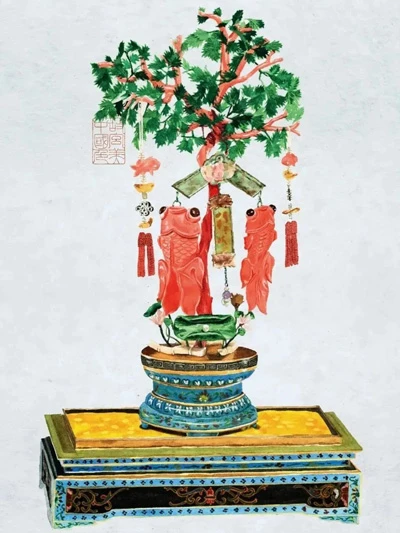
Guo Hao went through nearly 400 kinds of canonical books and more than 100,000 pieces of cultural relics in the Forbidden City collection to sort out the complete 384 kinds of traditional Chinese colors.
According to the 24 solar terms and 72 physical events, Guo Hao selected 96 Forbidden City relics and restored them to their worn colors by hand painting. It can be said that the best colors of the entire Forbidden City are contained in it.
After creating "Traditional Chinese Colors: The Aesthetics of Color in the Forbidden City", Guo Hao wanted to continue to dig deeper into traditional Chinese colors, so he turned his attention to Dunhuang.
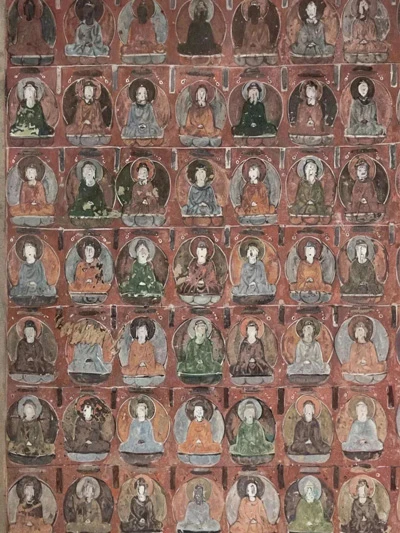
Early Tang Dynasty - Mogao Caves #57
Dunhuang, which spans 12 important historical periods from the Northern Liang to the Yuan Dynasty, uses caves and Dunhuang murals to unfold a picture of the evolution of Chinese color over the past 1600 years.
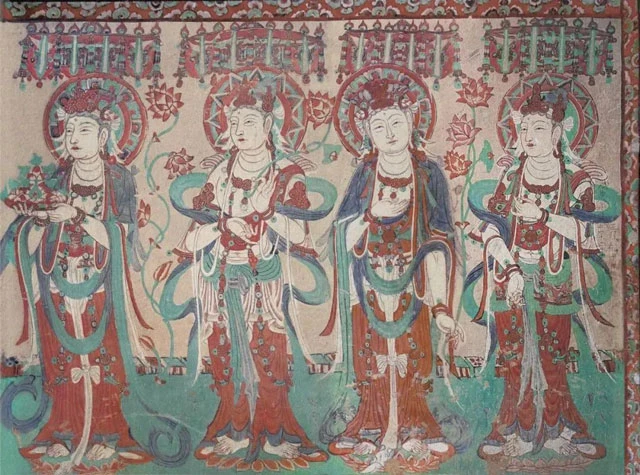
Western Xia - Mogao Caves #328
The Red Ochre of Northern Liang
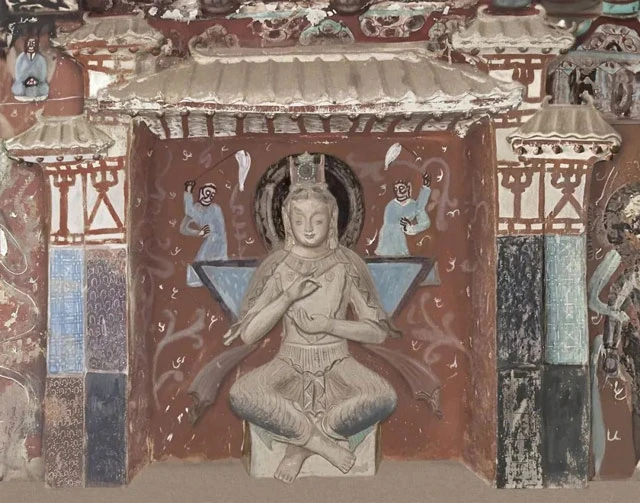
Northern Liang - Mogao Caves #275
In the midst of turmoil, the people longed for the day of peace and relief in the afterlife. The calm and solid red ochre has become the spiritual trust of the people of Northern Liang. At the same time, the red ochre is similar to the color of dried blood, a symbol of vitality, and people in the primitive period longed for it as much as they longed for salvation. The muted red ochre and misty blue uphold the inner world of the Northern Liang people.

Northern Liang - Mogao Caves #275
Color Lapis Lazuli in Sui Dynasty
Lapis lazuli color was so precious that it was transported from the western region across millions of miles. During the Sui Dynasty, there was close trade with the West through the Silk Road. Whether it was hat bead or decoration of the belt for empreor, lapis lazuli was used frequently.
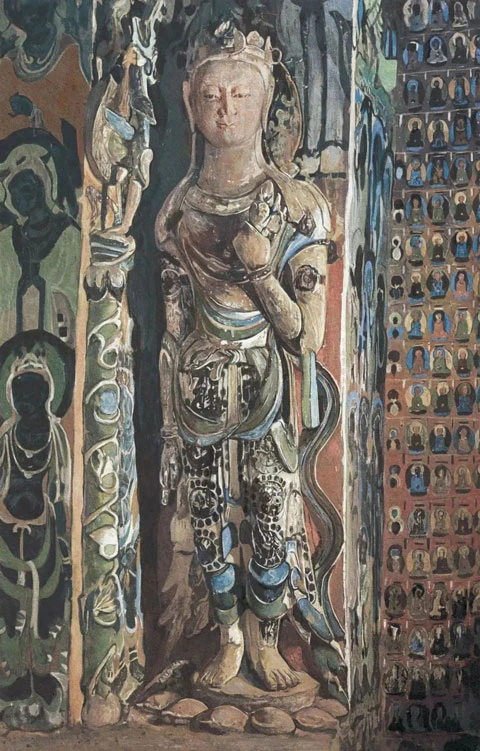
Sui Dynasty - Mogao Cave #420
The tops and skirts of the Bodhisattvas in Dunhuang's 420 caves are sizzling with blue. It is as if the cracks in the walls are penetrated by the clear sky. This blue is pure and rich, sometimes embellished with gold stars, not like from the mortal world, very much like plucked from a long and mysterious sky.
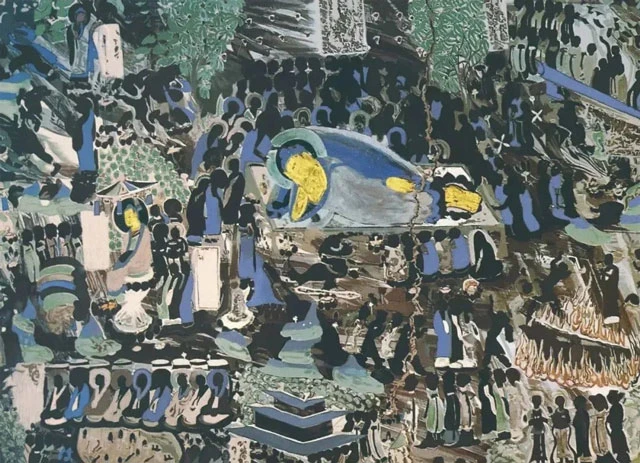
Sui Dynasty - Mogao Cave #420
Colorful Tang Dynasty
The two bodhisattvas in Cave 57 at Dunhuang are the best interpretation of the colors of the Tang Dynasty. The colors of the crown and the necklaces are divine and dazzling.
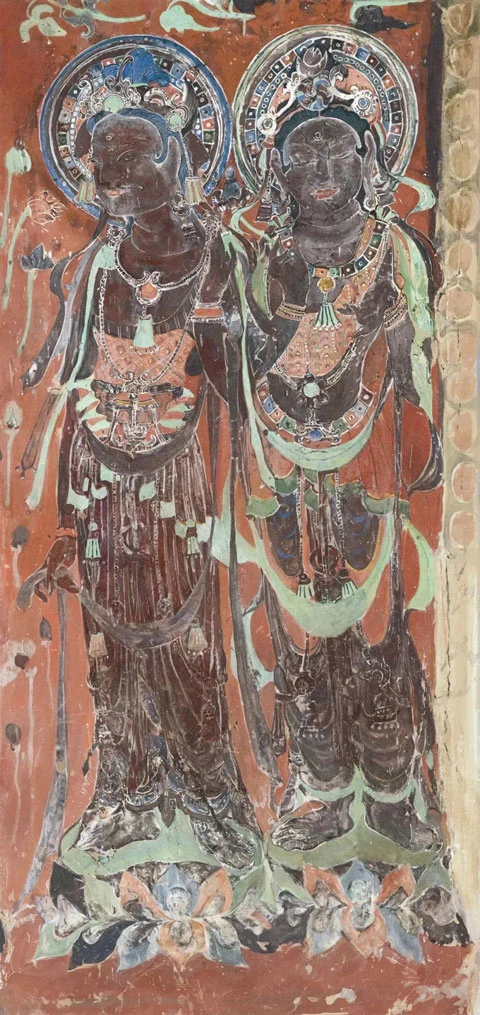
Early Tang Dynasty - Mogao Caves #321
Building One of the Most Comprehensive Color Libraries in China
Guo Hao's exposure to traditional Chinese colors came from a project collaboration with The Palace Museum. During the project, he realized that the traditional Chinese colors had never been well organized. So, Guo Hao cut through the color angle and started to study traditional Chinese culture.
But the process of recovering traditional Chinese colors was too difficult. The first one is that Chinese tradition is not made up; ancient books are its roots. Just listing out the colors, the reader does not appreciate the beauty of the Chinese culture's context; it must be interpreted in a contemporary context. So, Guo Hao began to read a lot of ancient books, and when he couldn't get the originals, he searched for them one by one like a needle in a haystack, and when he could only find photocopies, he read them patiently page by page.
The second problem, the ancient color, refers not to a specific color, but the color gamut. There was no integrated color card in the ancient times, so how to match the color hues with the color names? Guo Hao worked with a teacher of vegetable dyeing, dyeing over and over again to find colors that fit contemporary aesthetics.
This involves a very important methodology, which is to trace the past and look at the present. It is important to study the origin of color, but also to strip and discard the false parts. For example, the "moon white" in ancient times was a materialistic color. It refers to the color of the moon light sprinkled on white objects, with a very light blue color. Because the artisans of different times had different interpretations, they made various kinds of moon white. Then in the modern narration, the errors have to be slowly stripped away, otherwise it would be very difficult to inherit it nowadays.
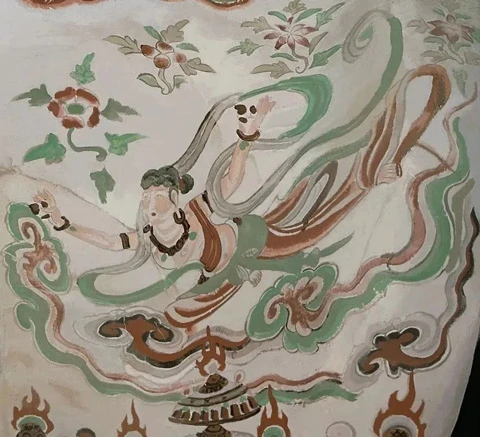
Five Dynasties - Mogao Caves #61
In the beginning, Guo Hao's positioning of "Traditional Chinese Colors: The Aesthetics of Color in the Forbidden City" was a very simple book of chromatography. Fortunately catching the boom of the times provided just the right book to meet the need for a revival of Chinese culture.
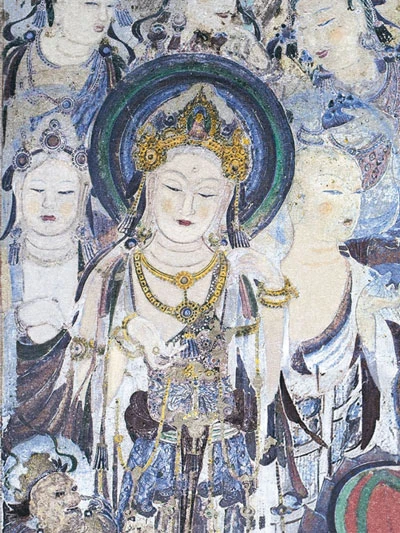
Early Tang Dynasty - Mogao Caves #57
The uncertainty faced in creating the book "Traditional Chinese Colors: The Aesthetics of Color in Dunhuang" was even greater. The Dunhuang Academy has an institutional journal called "Dunhuang Studies", which has had more than 190 issues from the last century to the present. Guo Hao bought all the issues from the second-hand book market and read them carefully for a year, making many labels and notes without miss any issue.
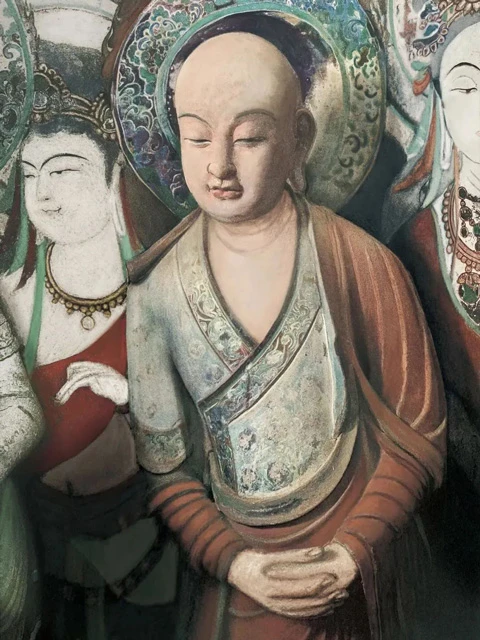
Early Tang Dynasty - Mogao Caves #45
From 2018 when he started his research to 2020 when he officially published book, two whole years, Guo Hao is like a lonely practice. But he is a serious person, or even paranoid. Even if he can't make sense of it, he will understand the color sources one by one. Involved in nature, it is inevitable to slow down to perceive the beauty.
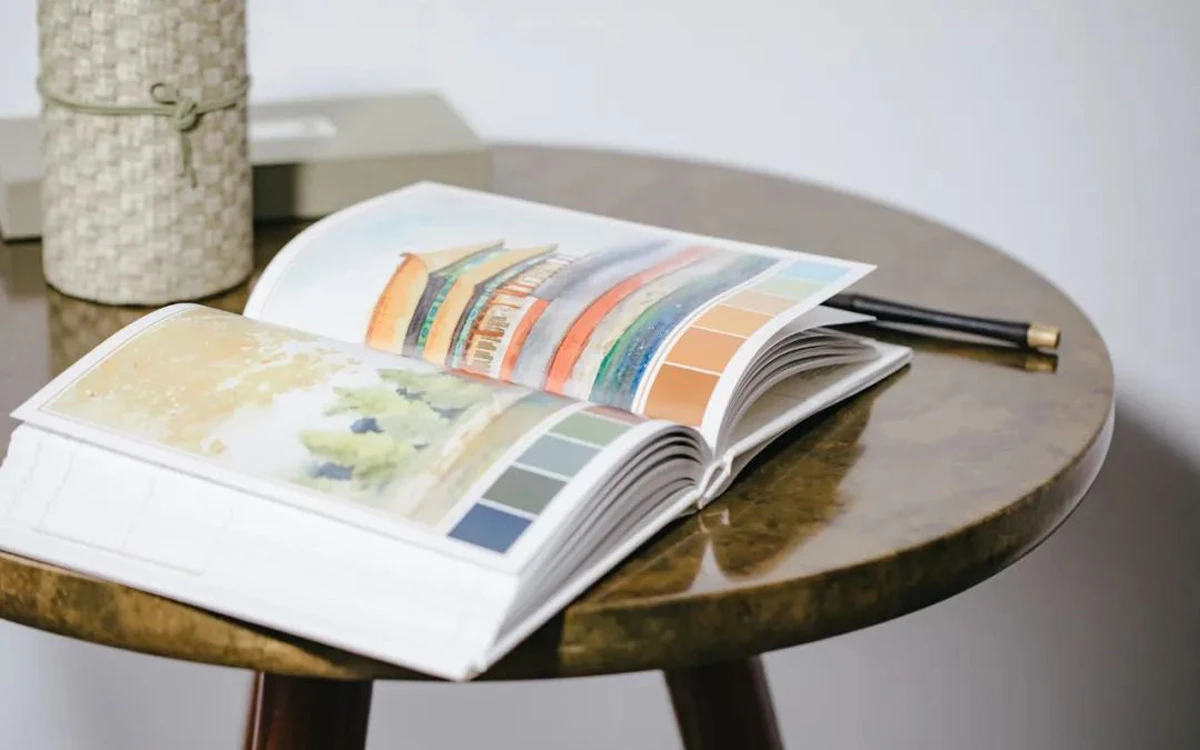
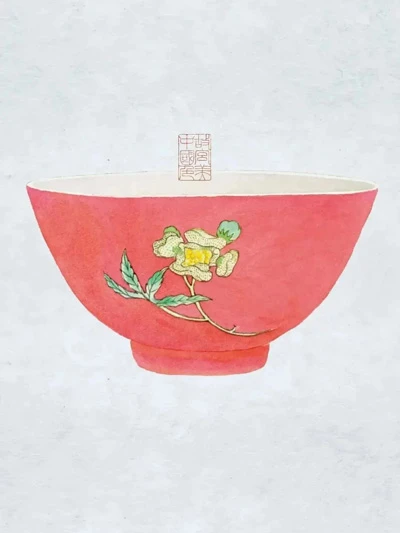
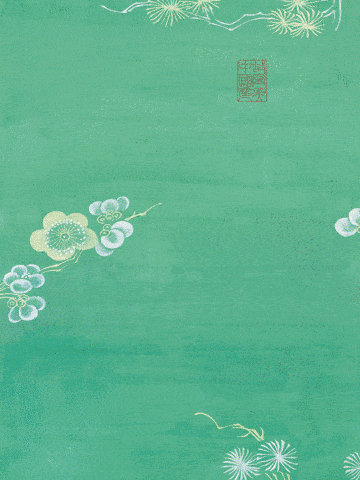
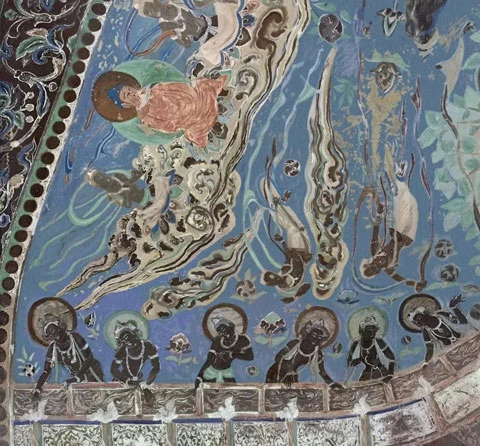
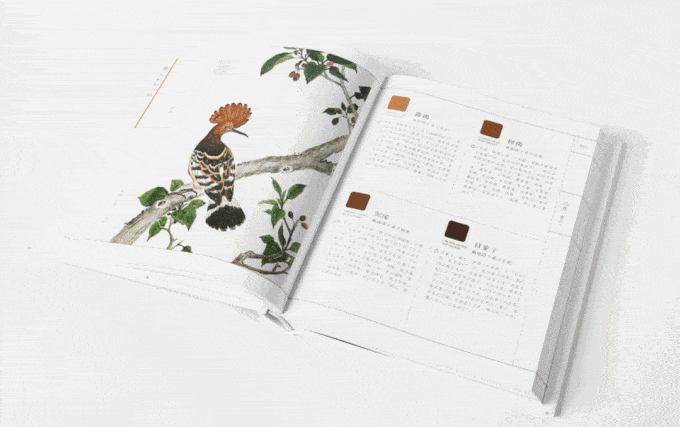
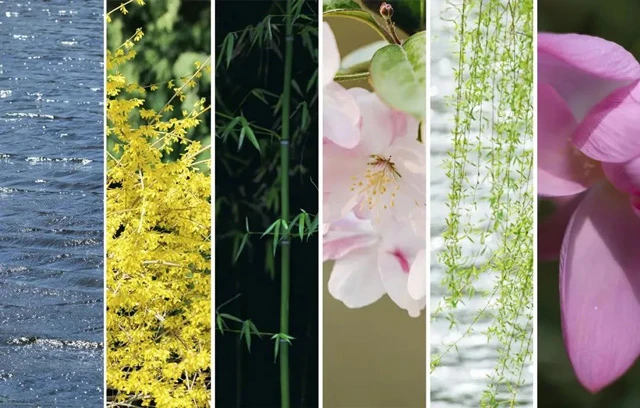
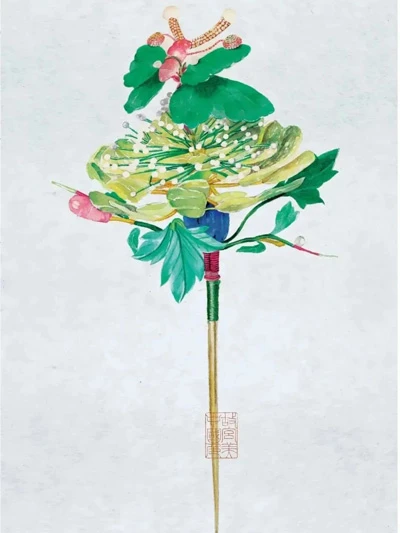


Love it
Berbicara tentang China adalah berbicara tentang keindahan 😍
Thanks for articel
😍😍😍